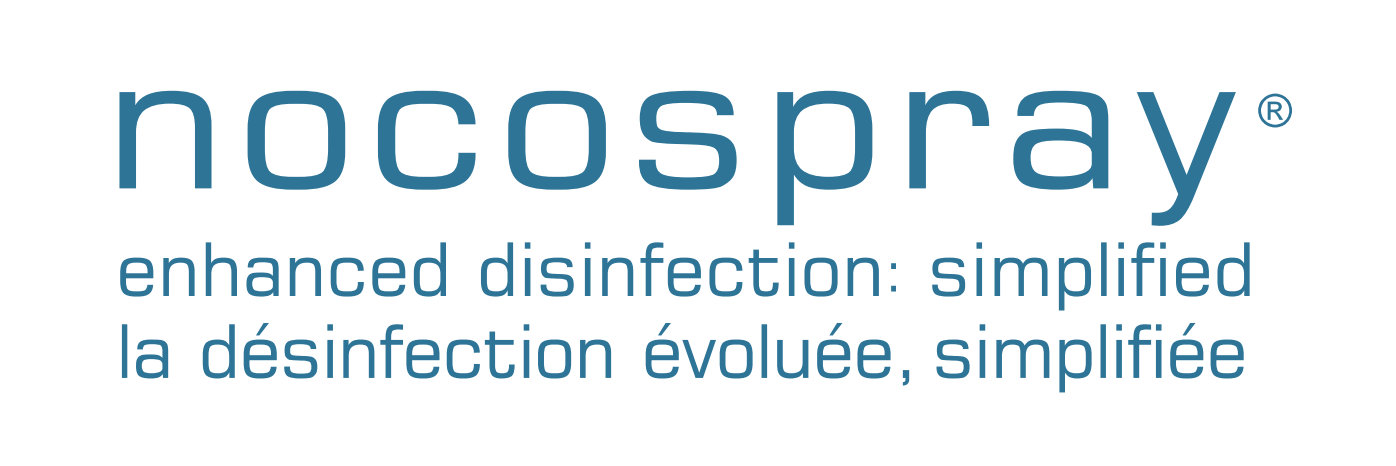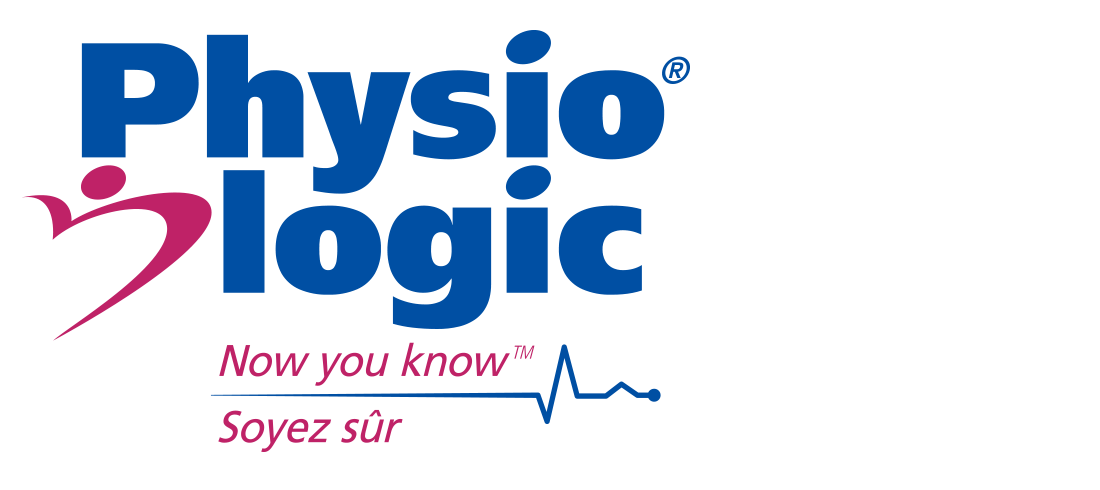Infection control
The impact of HAIs
Hospital acquired infections (HAI) such as C. diff. (CDI), Methicillin-resistant Staphylococcus aureus (MRSA) and Norovirus, often called the stomach flu, are increasing in incidence, severity and excess cost to hospitals. HAIs affect up to 2.4 million patients in the US and account for almost 100,000 deaths annually.1
- $1.3 billion USD in excess costs, 9,000 deaths in 165,000 cases of hospital-onset HAIs2
- $0.3 billion USD in excess costs, 3,000 deaths in 50,000 cases of post-discharge HAIs2
- $2.2 billion USD in excess costs, 16,500 deaths in 263,000 cases of nursing home-onset HAIs2
Costs are rising proportionally in Canada. In 1997 treating an MRSA infection cost $14,360 CAD.3 By 2006 it cost $27,661 CAD.4 The estimated direct cost of readmission for a case of C. diff. in Canada is approximately $12,800 CAD.5 More than 220,000 HAIs occur in Canada annually and result in 8,500-12,000 deaths.
HAI Death Rates
The rising rate of nosocomial infections contributes to higher mortality rates, negative patient outcomes and longer length of stay in hospital. 99,000 people die each year of hospital-acquired infectious diseases in the US, according to the CDC.7 Many of these infections are resistant to at least one antibiotic. Antibiotic-resistant bacteria generate $16.6 billion to $26 billion USD per year in extra costs to the US healthcare system.8
- 23% of 161 patients hospitalized for CDI had died at 30 days follow-up compared with only 7% of matched control subjects in the study9
- 10.7 additional days in hospital on average per case of nosocomial CDI2
- 16.7% cumulative attributable mortality rate one year post infection2
Adding to the containment problem is the emergence of new hypervirulent and resistant mutations of C. difficile. The Quebec strain B1/NAP1/027 produces 16 to 20 times more A and B toxins than typical C. diff. and can cause severe patient deterioration within days of onset.10 It is more resistant to fluoroquinolones compared to a typical strain. B1 has been identified in 38 states in the U.S. and in hospitals across Canada and Europe since November 2007.
Facility-wide collaboration, particularly between Infection Control and Environmental Services/Housekeeping is mandatory to prevent the spread of disease.
Using a decontamination system such as Nocospray in addition to regular cleaning and hygiene maintenance has been proven to reduce and control the spread of pathogens, resulting in substantial cost saving to the healthcare institution.**
Sources
- Campbell et al. Infect Control Hosp Epidemiol. 2009:30:523-33.; Dubberke et al. Emerg Infect Dis. 2008;14:1031-8.; Dubberke et al. Clin Infect Dis. 2008;46:497-504. ; Elixhauser et al. HCUP Statistical Brief #50. 2008.
- Sherbrooke, Quebec, 2003 – 2004, Pepin J et al. Mortality attributable to nosocomial Clostridium difficile–associated disease during an epidemic caused by a hypervirulent strain in Quebec. CMAJ 2005;173(9):1037-42.
- Estimating healthcare-associated infections and deaths in U.S. hospitals, 2002. 2007.
- Clinical Practice Guidelines for Clostridium difficile Infection in Adults: 2010 Update by the Society for Healthcare Epidemiology of America (SHEA) and the Infectious Disease Society of America (IDSA)
- Healthcare associated infections: A backgrounder p.1, CUPE, January 2009
- *Infection Prevention Products and Services: Industry Study 2526, The Freedonia Group Inc., August 2009.
- Kim T, Oh PI, Simor AE. The economic impact of methicillin-resistant Staphylococcus aureus in Canadian hospitals. Infect Control Hosp Epidemiol 2001;22(2):99-104.
- Hospital and Societal Costs of Antimicrobial-Resistant Infections in a Chicago Teaching Hospital: Implications for Antibiotic Stewardship
- Lim S. The Financial Impact of Hospital-acquired Methicillin-resistant Staphylococcus aureus: an Incremental Cost and Cost-Effectiveness Analysis.
[Dissertation]; Toronto: University of Toronto; 2006.
- Miller M.A., Morbidity, mortality, and healthcare burden of nosocomial clostridium difficile –associated diarrhea in Canadian hospitals. Infect Control Hosp Epidemiol 2002;23(3):137-14
** Based on hospital best practices and recommendations.
Related articles
August 22nd
Nocospray is an easy to use compact portable disinfection system that prevents the spread of disease and deadly pathogens ...
August 22nd
Nocospray is a calibrated disinfection system made up of two integral components – the Nocospray machine and the Nocolyse solution ...

















